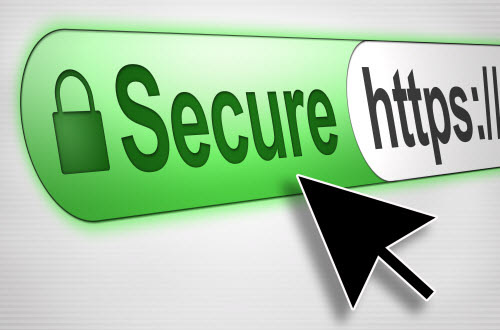Secure Yourself Online

Threats are lurking around practically every corner on the Internet today. If given an opportunity, these threats could turn your innocent browsing session into one that can compromise your system. This is not only aggravating and time-consuming, but it could jeopardize your personal financial security or business data if sensitive data is obtained by hackers.
Once your system has fallen victim to an attack, countless hours may be spent between accessing the damage, making repairs, and then taking steps to ensure it does not occur again. While it is impossible to predict every potential vulnerability within your system, configuring your browsers so that your risks are reduced goes a long way in lessening those hazards.

Internet Explorer (IE) supports various forms of active content such as Java and scripting using Active X controls. These controls are extremely vulnerable to attacks. You could choose to use another browser to avoid this issue; however, not all websites will function as intended if Active X is not available. There are different levels of security that can be set within IE to reduce your vulnerability to Active X threats.
You can adjust IE’s security level by going into Internet Tools and clicking on the Security tab. Located midway in the box, you will see the existing security level for your Internet zone. By sliding the setting to the top, the highest level of security will be set, thus making your browser more secure. This disables Java, scripting, plug-ins, and ActiveX from being downloaded or used when a website attempts to trigger them.
This setting may be too restrictive for some users. By clicking on the custom level button, you can then give the browser different levels of access to active content. Instead of allowing or disallowing your browser to run ActiveX controls, you could set the setting to give you a prompt requesting whether or not to run the control. This gives you the opportunity to decide if the request to install or download is safe. If you have users that are not very computer savvy, you could choose to set it to administrative approved to reduce the chance of them inadvertently installing malicious content.
For websites that are frequently visited, it may be a good idea to add them to your trusted sites zone if you are confident they are safe. This can be done by clicking on the green checkmark trusted sites icon found on the Security tab page. Signed ActiveX controls will be permitted to be downloaded from these sites.
The importance of having a strong password policy cannot be stressed enough. If you or your users are not adhering to the best practices for creating passwords, you are the primary vulnerability to your computer network.
Take the time now to reduce your vulnerabilities before trouble hits. You’ll help reduce the threats to your network, protect your personal identity and ensure secure browsing among your users. What can be better than browsing with total confidence?
Katelyn is a freelance writer who frequently creates content on behalf of Guardi.us secure browser, an Internet security blog with a particular focus on providing resources to help users learn how to remove toolbars and other unwanted software and plugins.
